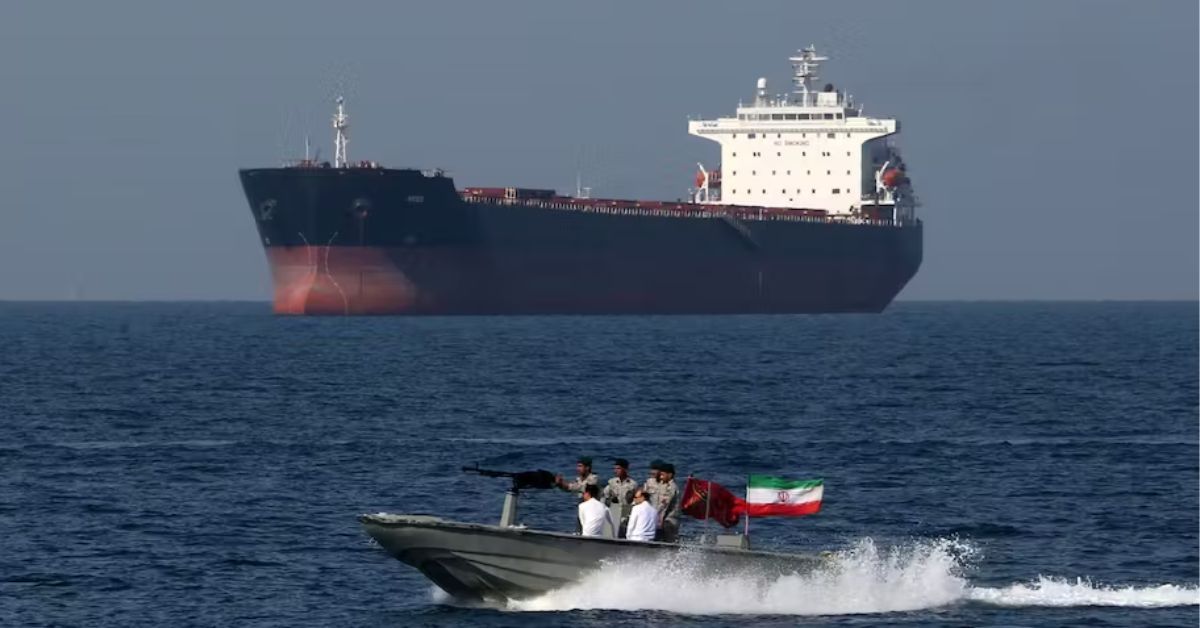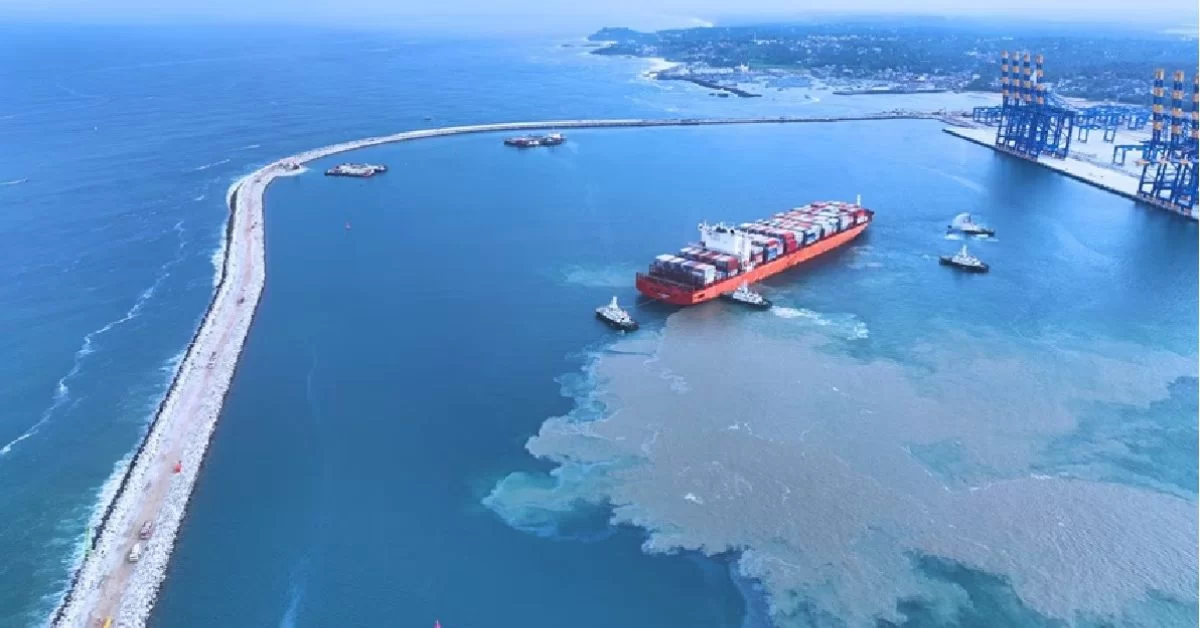In a bold and consequential move, Iran has officially closed the Strait of Hormuz following a surprise U.S. airstrike targeting its key nuclear sites. The development has sent shockwaves across the globe, raising alarms about the potential fallout on global energy supply and escalating tensions in an already volatile Middle East.
Critical US Strikes on Iran’s Nuclear Facilities
On late Saturday night or early Sunday morning, the United States launched precision airstrikes using B-2 stealth bombers on three of Iran’s most critical nuclear sites – Fordow, Natanz, and Isfahan. These sites are central to Iran’s nuclear ambitions and have been under international scrutiny for years.
The strikes marked a turning point in the unfolding conflict, officially drawing the U.S. into the ongoing Israel-Iran war and expanding its military involvement in the region. This escalation appears to have prompted Iran’s swift and dramatic response – shutting down the world’s most strategically important maritime chokepoint.
The Importance of the Strait of Hormuz
The Strait of Hormuz is a narrow 33-kilometer-wide waterway that connects the Persian Gulf to the Gulf of Oman and, ultimately, the open ocean. With only 2-kilometer-wide shipping lanes, it is one of the busiest and most congested trade routes on Earth.
According to global trade statistics, nearly 20% of the world’s oil and a significant portion of LNG (Liquefied Natural Gas) transit through this narrow corridor. The strait lies between Iran to the north and Oman and the UAE to the south, making it a geopolitical pressure point for decades.





 >
>












 Business Care Solutions
Business Care Solutions